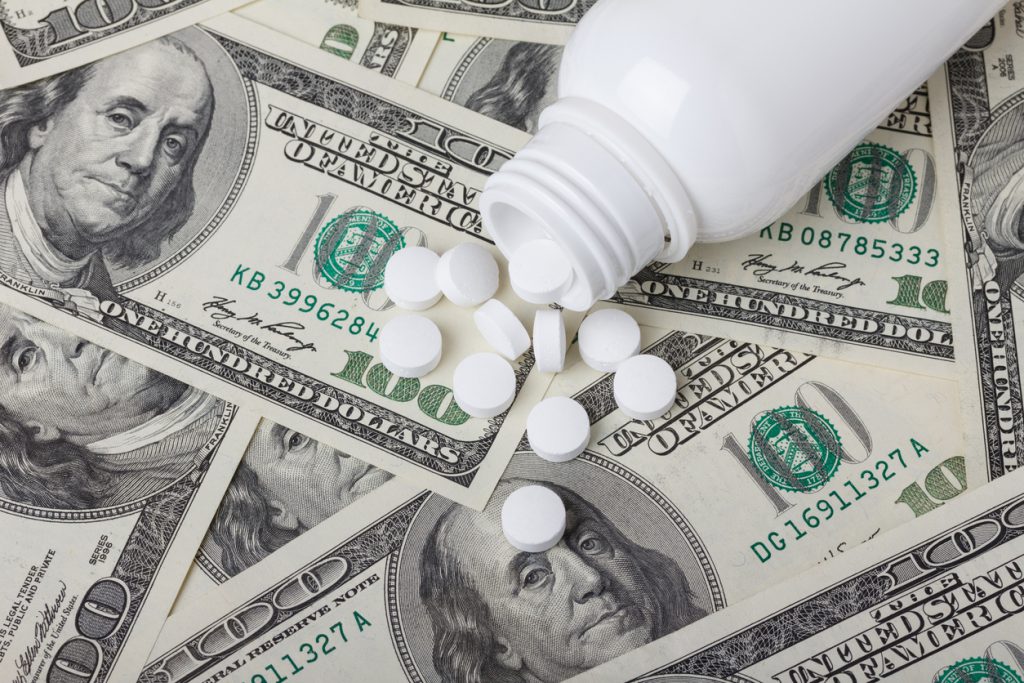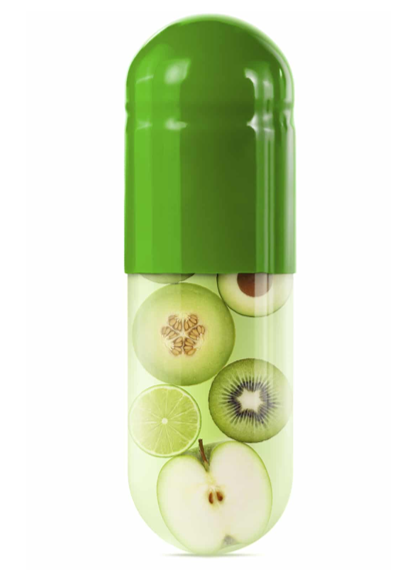Studies show that as few as 50% of patients stick with their prescribed medication at the end of a year—often because the drugs are unaffordable.
Read on for some tips to lower prescription costs. The stakes are very high, both for your pocketbook and your health.
Look for Drug Coupons
I recently heard about a patient prescribed a new form of insulin that costs upwards of $600 per month. The drug wasn’t covered under the patient’s insurance plan. Despite the prescribing doctor’s letter to the insurance company explaining how cheaper alternatives had not been successful, coverage for the new drug was denied. Undaunted, the patient searched online and found a coupon for the new medicine for $15/month—no strings attached.
Ask Your Pharmacist This Crucial Question
Is there any way I can get this prescription cheaper? That’s the question to ask: very simple, but very powerful. Your pharmacist may know how you can cut your cost, but may also be under contract not to volunteer the information unless he or she is asked.
How could you possibly lower prescription costs? A little known fact is that buying the drug through your insurance could be more expensive than purchasing it outright. The reason is that certain plans have a minimum drug co-pay and pharmacies might sell some generics for less than your co-pay.
For example, let’s say a pharmacy charges $8 a month for a generic cholesterol medicine and your insurance drug benefit calls for a $20 co-pay. In most instances, the pharmacist does what you would expect and just charges the $8 “walk-in” price.
But in some cases, the pharmacist is contractually obligated to collect the minimum co-pay of $20, and the patient ends up paying $12 more than necessary. The extra $12 profit typically does not go to the pharmacy but is sent back to the Pharmacy Benefit Manager, the real winner in this bizarre arrangement.
The reason this can happen is that Pharmacy Benefit Managers include in some of their contracts a requirement that pharmacists not volunteer to tell patients when they pay more for a prescription filled through insurance. A few states have outlawed this kind of “gag order” clause in contracts from Pharmacy Benefit Managers, but most have not.
The curious part of these contracts is that, although they forbid the pharmacist from volunteering the availability of a lower price, they typically do not prevent the pharmacist from accurately responding to a question from the patient about whether a cheaper price is available.
This issue is the exception and not the rule. Most pharmacists will offer the best price without being prompted. But just to be covered, it never hurts to ask your pharmacist this simple question: Is there a cheaper way for me to fill this prescription?
Shop Around
Many people assume that drug charges are uniform between pharmacies—but nothing could be further from the truth. In addition to traditional pharmacy chains, check out big box stores that have pharmacies. You can often find much lower prices by doing a bit of comparison shopping.
The best way to lower prescription costs is to maximize lifestyle changes so that drugs will be needed less often. But when lifestyle changes aren’t enough, or in more severe conditions, it’s foolish not to use medication to your advantage. But don’t pay more than you have to—a little knowledge can help keep you healthy much more affordably.
Interested in living a healthier lifestyle?
Learn the essentials of eating and living healthfully in our interactive, user-friendly learning program for the public.
Clinicians: Do you feel confident responding to patient questions about nutrition?
Take our award-winning condensed interactive nutrition CME—and learn what every clinician should know about nutrition.



